Management through research
Did you know that Hafsrød is involved in several research projects? Learn more about how we contribute to knowledge-based management through research.
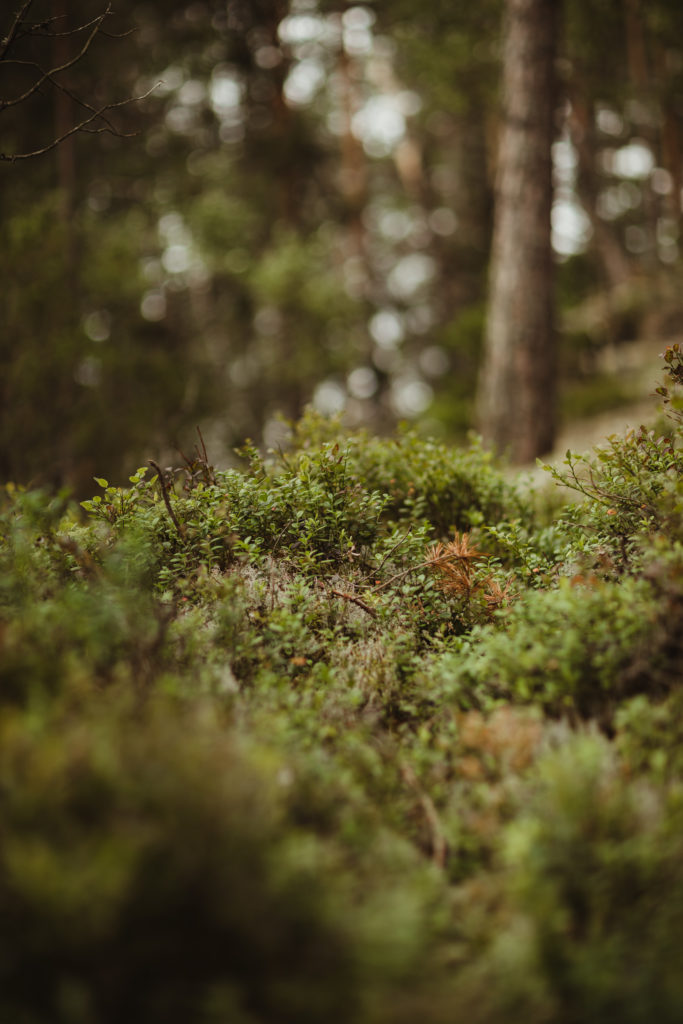
Knowledge is power, said Francis Bacon, and it possibly is, but for us it is first and foremost the most important tool we have for managing the resources around us. As early as 1927, the inventory of the forest at Hafsrød was recorded. In this way, we have gained an overview of what is available here and can thus make better decisions about the estate. Did you know that Norway was one of the first countries in the world to start with systematic mapping of forests?
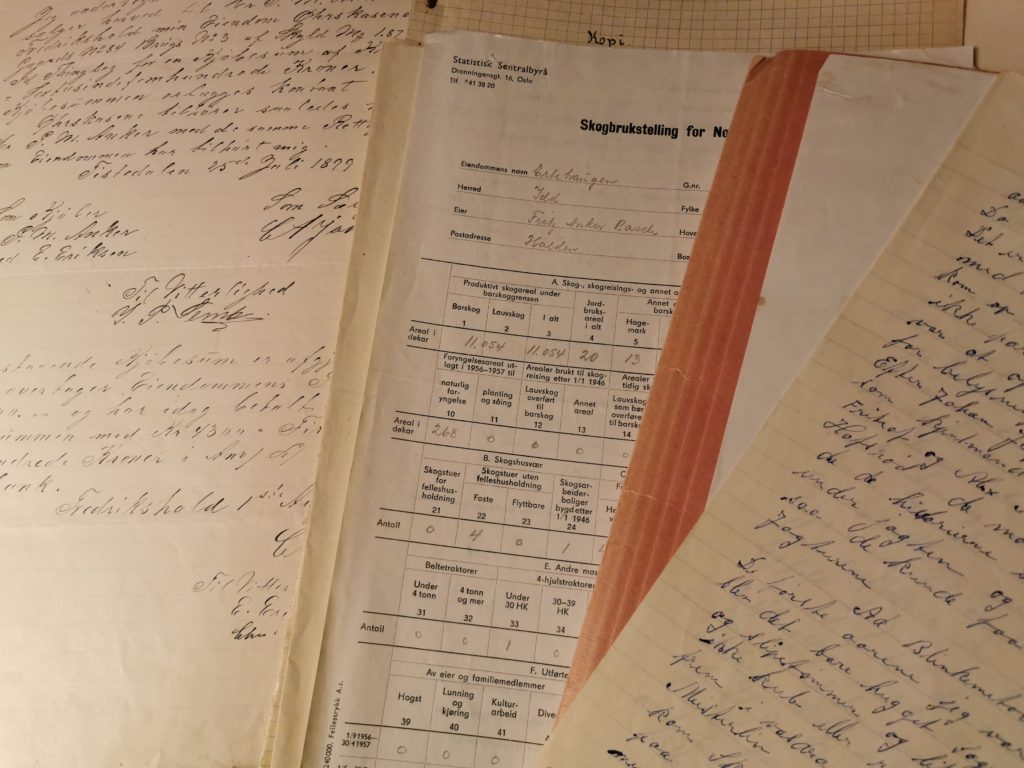
Now that we are writing 2022, Hafsrød is involved in several projects to gain increased knowledge about what we have around us.
EcoForest
EcoForest is a research project that literally digs deep. The project aims to take a closer look at the effects of forestry on biological diversity, carbon stocks and ecological processes in mature Boreal forests. EcoForest, which will last until 2025, has several experimental areas at Hafsrød, and we are following the results with great interest. The project asks, among other things, “What distinguishes an old, natural forest-like forest from an old, previously clear-cut forest – in terms of biodiversity, carbon and ecological processes?”. Carbon in soil is an area that Norway needs increased knowledge about, and we are happy to be able to contribute. Read more about Ecoforest here.
The wild boar project
The use of outfield resources is something we are concerned about at Hafsrød. Wildlife resources are an important part of this. That is why today we offer, among other things, a forest box to our guests that is based on just this. We therefore joined a wild boar project as this is a species that has become more and more active on the property. The wild boar project is a landowner-based collaboration. The project’s main task is to contribute to landowner cooperation that provides effective hunting in areas where wild boar have already been established and effective control to prevent the establishment of wild boar in new areas. This means, among other things, that we report observed animals, as well as those that are common on the property. It gives us a better overview of how the wild boar population develops, both in number and distribution.
The experiences from the project so far tell the following: “Control of the wild boar population will require extensive landowner cooperation over large areas. Experience shows that 2/3 of the population must be removed annually to keep it stable. In comparison, the figures for moose are 1/3 Due to the high reproductive capacity of the wild boar, it is crucial that the landowners who join the management area own approximately 100% of the area. From a landowner perspective, it is desirable that the landowners establish appropriate management units and use their hunting rights areas.”
You can read more about the wild boar project here.
The projects on the property contribute to increased knowledge about both forest and game management. This will hopefully help us manage the forest wisely – also in the future.
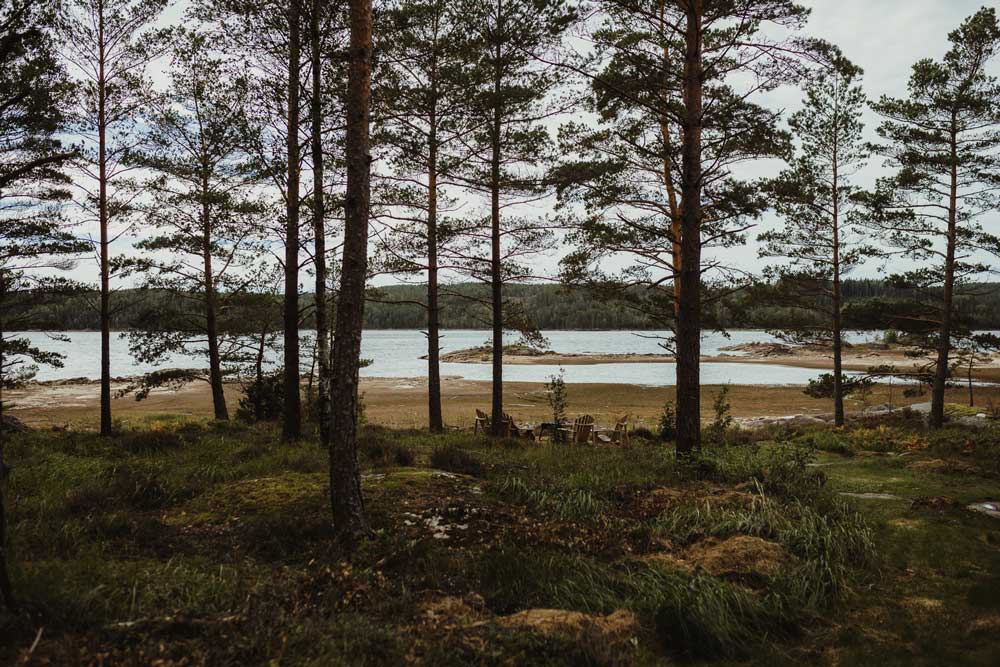
Hafsrød won climate award
Together with Indre Østfold municipality, Hafsrød took home the victory at this year’s award of the Klima Østfold prize.
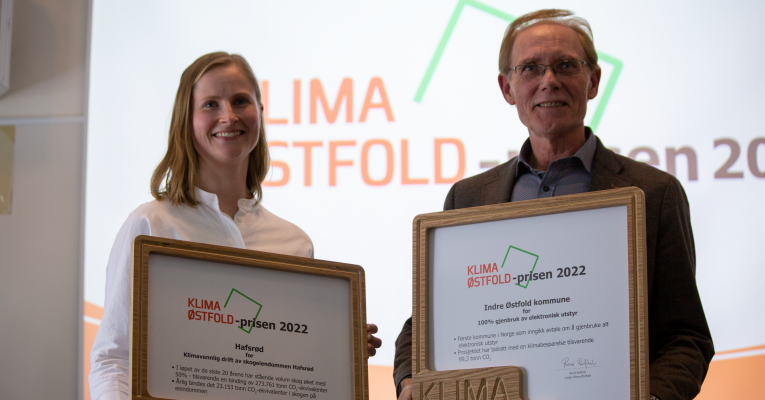
Hafsrød was lucky to be nominated for this year’s Klima Østfold award! Halden municipality was responsible for the nomination, and the reasons for the nomination were as follows:
Forestry is an industry that has a long perspective - investments made today will give a return in 70-80 years. With the current focus on climate change and national targets for sharp cuts in greenhouse gas emissions, forests are often seen as natural processes that bind CO2 regardless of what the landowner does. The reason why we now want to nominate a large forest owner in the municipality for the climate award is to show that long-term management of forests is important in relation to building up raw materials for the wood processing industry and for sequestering carbon dioxide in biomass, both above and below ground.
Hafsrød farm consists of 35.500 daa, of which 26.343 daa is productive forest land, and is thus one of the largest forest properties in Østfold. Over the last 20 years, standing volume in the forest has increased by 50%, which corresponds to a binding of 273.761 tonnes of CO2 equivalents, and then the build-up of biomass underground is not included (27%). In the same period, approximately 45.000 m3 have been felled, with 40-50% ending up as timber in permanent constructions. In 2018, 23.153 tonnes of CO2 equivalents will be bound annually in the forest on the property. In comparison, the total emissions in Halden are 84.212 tonnes of CO2 equivalents. This shows how great potential there is in tending the forest well over a long period of time. The owners of Hafsrød gård started the work of caring for the forest early, and if we are to be able to meet the goals of a 60% cut by 2050, we are dependent on more people managing the forest so that we can quickly build up CO2 reserves in forests in anticipation of alternative energy solutions.
We therefore want to promote a farm where, through several generations, significant resources have been invested to build up the forest and thereby bind CO2. If we manage to bring out more active forest owners and increase efforts in the forests, it will be crucial for whether we succeed in creating the zero-emission society sometime in the future.Harald N. Østvik, head of environment and agriculture, Halden municipalty
Hafsrød’s forestry plan from 1927 gives us an overview of volume, tree species and other data on the forest. It shows a standing volume of timber at that time corresponding to approx. 17% of what is stated as the volume today. Today, there are approximately 420,000 m3 of timber, which corresponds to approx. 800,000 tonnes of CO2 equivalents. This also considering that we harvest from the forest every year. Since we do not harvest more than the forest grows, at the same time as we plant after we have cut down, the forest can continue to bind large amounts of greenhouse gas emissions.
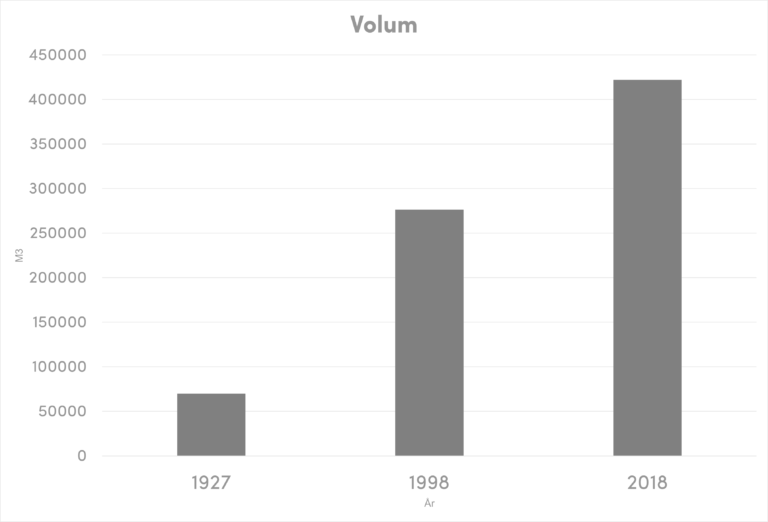
The increase in the amount of timber from 1927-2018 almost corresponds to the material need to build 10,000 houses. Think about that! In the same period, approx. 200,000 m3 of timber was felled.
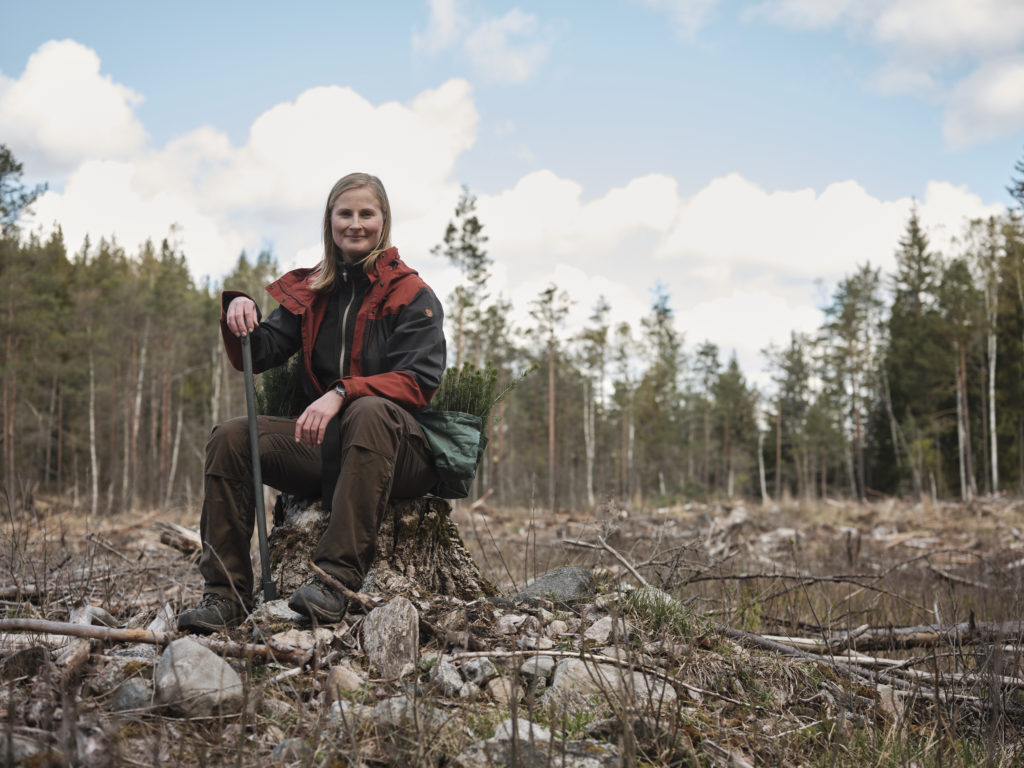
We thank Klima Østfold for the good efforts they make to put climate on the agenda, and for the award we recieved in 2022!

